Question:1
How should you behave when leaving a private yard a petrol station or an entrance to a properity or a house ?
Category : Rules and Regulations
Question:2
What is the duty of a driver after sensing that some of the freight he is carrying had fallen-onto the roadway
Category : Rules and Regulations
Question:3
When are you obliged to signal before moving out of your lane for the purpose of overtaking?
Category : Rules and Regulations
Question:4
You are driving vehicle no. 3. According to the rules of giving right of way, in what order should the vehicles enter the intersection which you approach (the red vehicle is not an emergency vehicle)?
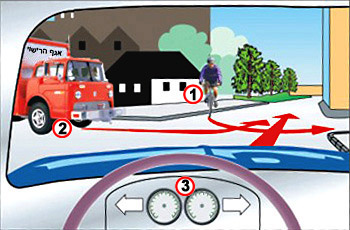
Category : Rules and Regulations
Question:5
You are driving vehicle no. 3. According to the rules of giving right-of-way, in what order should the vehicles enter the intersection?

Category : Rules and Regulations
Question:6
What is the effect of driving at a high speed during an accident?
Category : Safety
Question:7
What are you required to do when the following traffic light is placed (and is flashing)?
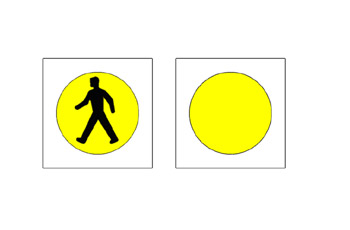
Category : Traffic Signs
Question:8
How would you ensure economic fuel consumption?
Category : Know Your Vehicle
Question:9
What are the preliminary actions a driver must perform while getting back up to the road from the “hard shoulder”?
Category : Safety
Question:10
What is a vehicle GPS navigation system?
Category : Know Your Vehicle
Question:11
What is “night time”?
Category : Rules and Regulations
Question:12
What is the meaning of the following road marking (a continuous separation line)?

Category : Traffic Signs
Question:13
The traffic light in your direction of driving is green. To what are you required to pay attention when approaching it?
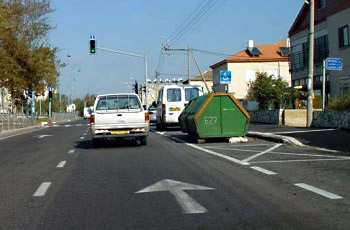
Category : Safety
Question:14
When the roadway is divided by a broken line?
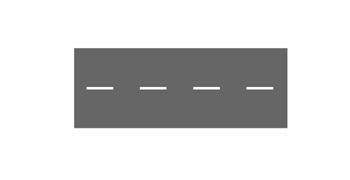
Category : Traffic Signs
Question:15
When you exit a dirt road on to a paved road.
Category : Rules and Regulations
Question:16
One of the conditions justifying an overtaking of a driving vehicle is:
Category : Safety
Question:17
Is it permitted to drive on the sidewalk in order to pass a road obstacle?
Category : Rules and Regulations
Question:18
An additional passenger is not permitted on a utility tractor unless:
Category : Rules and Regulations
Question:19
Is it permitted to stand or park a vehicle on the sidewalk (pavement)?
Category : Rules and Regulations
Question:20
When is a driver of a motor vehicle required to dip the vehicle’s lights?
Category : Rules and Regulations
Question:21
Until where do the following road signs remain valid?
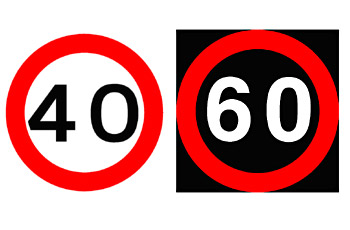
Category : Traffic Signs
Question:22
What is a “vehicle non-use notice” (taking a vehicle off the road)?
Category : Rules and Regulations
Question:23
How does the braking system of a vehicle work?
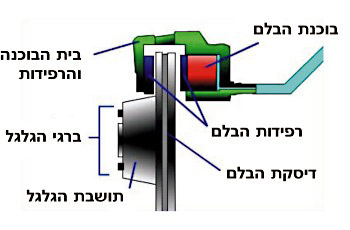
Category : Know Your Vehicle
Question:24
What is the meaning of the following road marking?

Category : Traffic Signs
Question:25
What is “preventive maintenance” of a vehicle?
Category : Know Your Vehicle
Question:26
A paraplegic is driving it the city and is in a hurry to a scheduled medical examination :
Category : Rules and Regulations
Question:27
Do traffic light instructions have priority over “right-of-way giving” signs?
Category : Rules and Regulations
Question:28
What sign signifies a station for changing a battery of an electric vehicle?

Category : Traffic Signs
Question:29
What is the meaning of the following road marking?
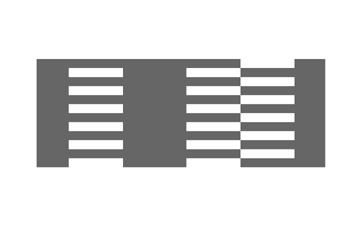
Category : Traffic Signs
Question:30
Define “path”:
Category : Rules and Regulations

